Study, work or travel in the UK. British
culture and life.


Visit Warwick Castle and the town of Warwick
|
|
Study, work or travel in the UK. British
culture and life.
|
|
||
|
|
|
|
||
 |
||||
 |
||||
|
Visit Warwick Castle and the town of Warwick
|
||||
|
INTRODUCTION
|
|
MUSIC & JESTERS
|
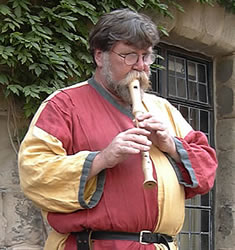 Piper |
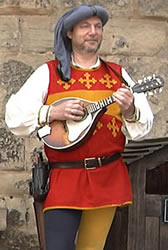 Lute player |
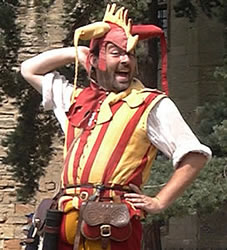 Jester |
|
ANIMALS
|
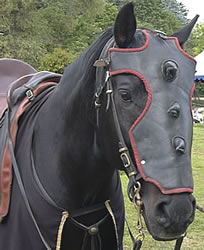 Horse |
 Owl |
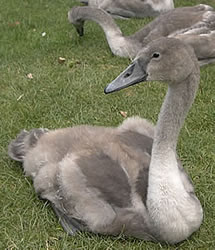 Cygnet (baby swan) |
|
CASTLE BUILDINGS
|
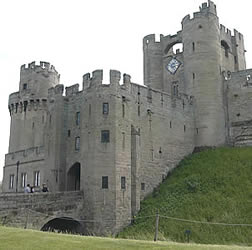 Gatehouse and barbican |
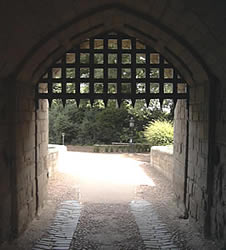 Portcullis |
 Guy's Tower |
 Part of the outside walls: arrows were fired from the narrow windows |
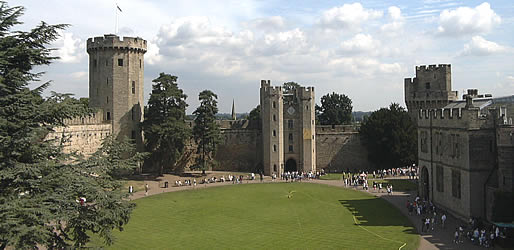 Interior view of the castle (from the Mound) |
|
CASTLE INTERIOR
|
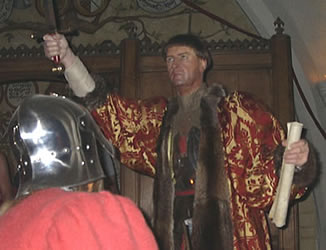 Kingmaker exhibition: waxworks by Madame Tussauds |
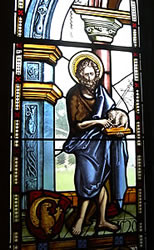 Stained glass in the chapel |
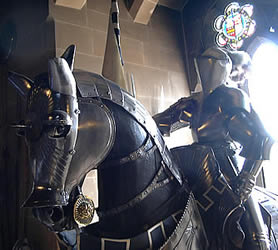 16th century armour in the Great Hall |
|
VICTORIAN ROSE GARDEN
|
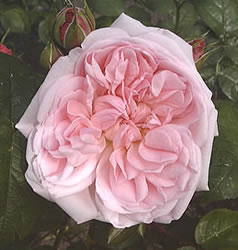 Rose |
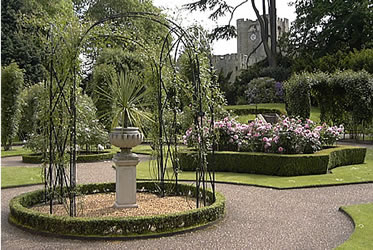 View from the rose garden |
|
RIVER & ISLAND
|
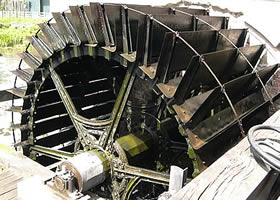 Waterwheel (used to generate electricity) |
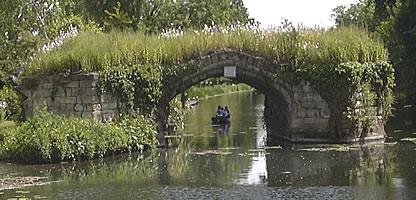 Ruins of an old bridge across the river |
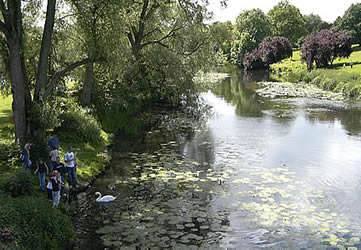 View from the bridge |
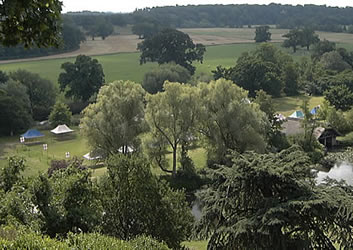 River Island: where you can see medieval festivals |
|
JOUSTING
|
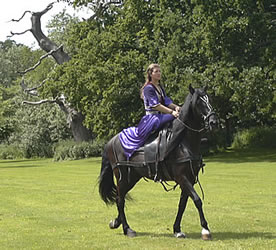 Princess: riding side-saddle |
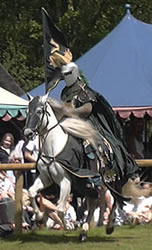 Galloping knight |
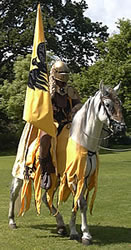 Prince Hal |
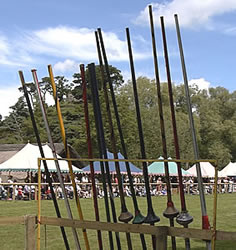 Lances |
 A page boy hold the target |
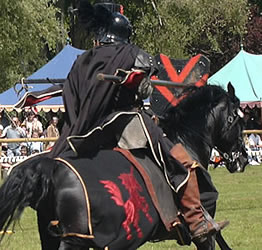 The Black Knight strikes the target |
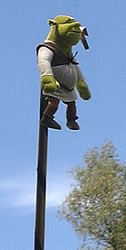 A favour |
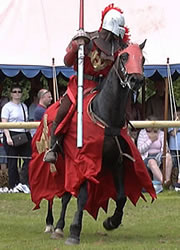 This knight prepares for battle ... |
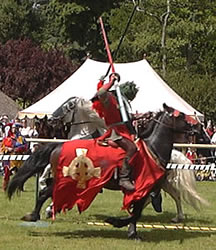 ... attacking as the other knight passes |
|
ARCHERY
|
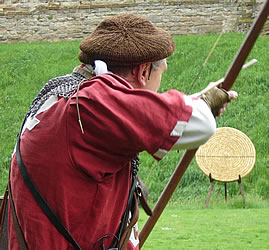 Longbow |
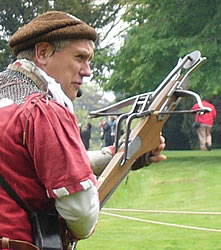 Crossbow |
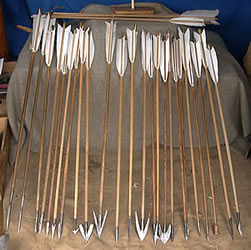 Arrows |
|
HAND-TO-HAND FIGHTING
|
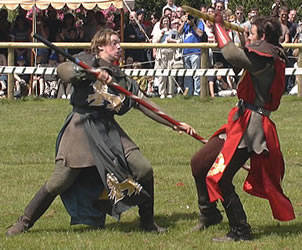 Pole fighting |
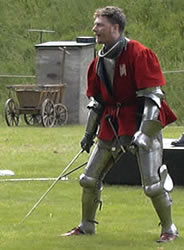 Sword fighting by a knight ... |
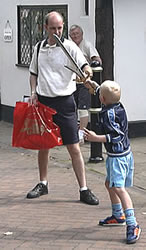 ... and by a young boy! |
|
PEACOCK GARDEN
|
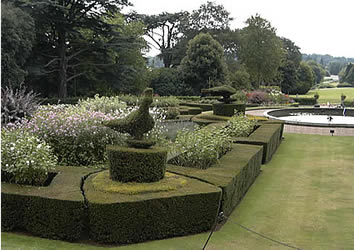 View of the Peacock Garden from the conservatory |
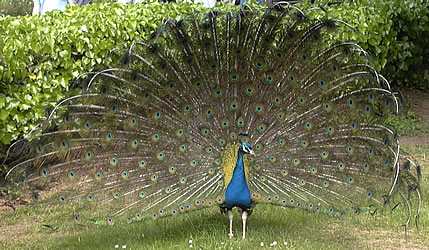 Peacock |
|
CONSERVATORY
|
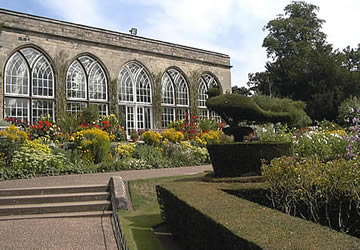 Conservatory |
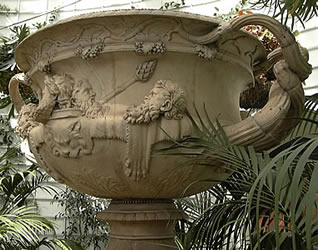 Replica of the Warwick Vase |
|
THE TOWN OF WARWICK
|
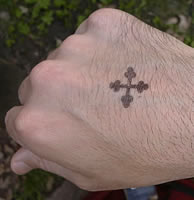 Stamp (to re-enter the castle) |
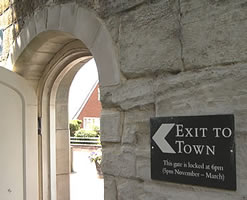 The gate into the town centre |
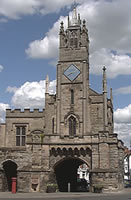 East Gate |
|
ST MARY'S CHURCH
|
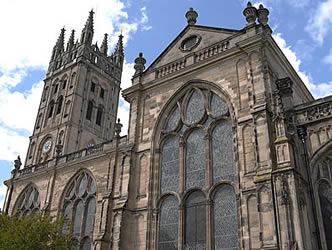 St Mary's Church (view from the graveyard) |
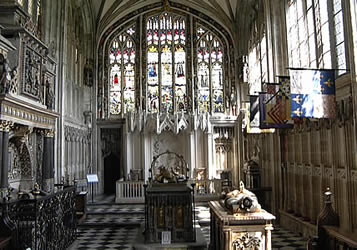 Beauchamp Chapel |
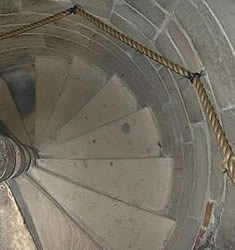 Climb the narrow staircase ... |
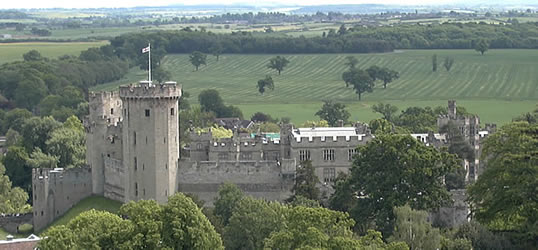 ... for a lovely view of Warwick Castle |
|
DOLL MUSEUM
|
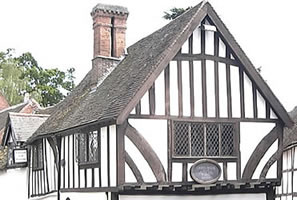 |
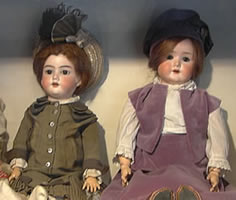 |
|
LORD LEYCESTER HOSPITAL
|
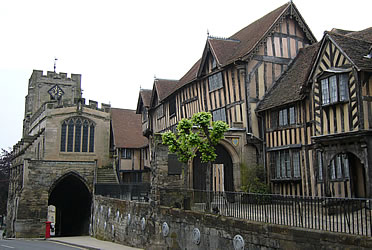 |
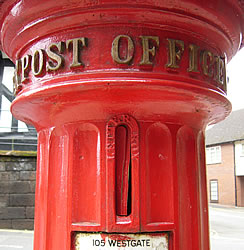 |
|
WARWICKSHIRE YEOMANRY MUSEUM
|
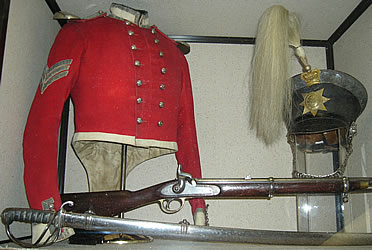 |
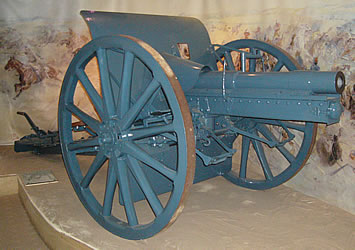 |
|
FURTHER INFORMATION
|
|
Lonely Planet verdict: Warwick
" ... One of the most impressive castles in England ... the superb furnishings and sheer splendour of the interior are fascinating, and a walk around the ramparts rewards with panoramic views ... Even without the massive inducement of its fine castle, the sedate country town has other historic buildings and a general air of gentility to make it an attractive destination for a stopover" (extracts from "Lonely Planet Great Britain - 2003 edition", used with permission) |
|||
 |
Lonely
Planet Great Britain Publisher: Lonely Planet Publications Date: May 2009 |
 |
Lonely
Planet England Publisher: Lonely Planet Publications Date: March 2009 |
|
|
|